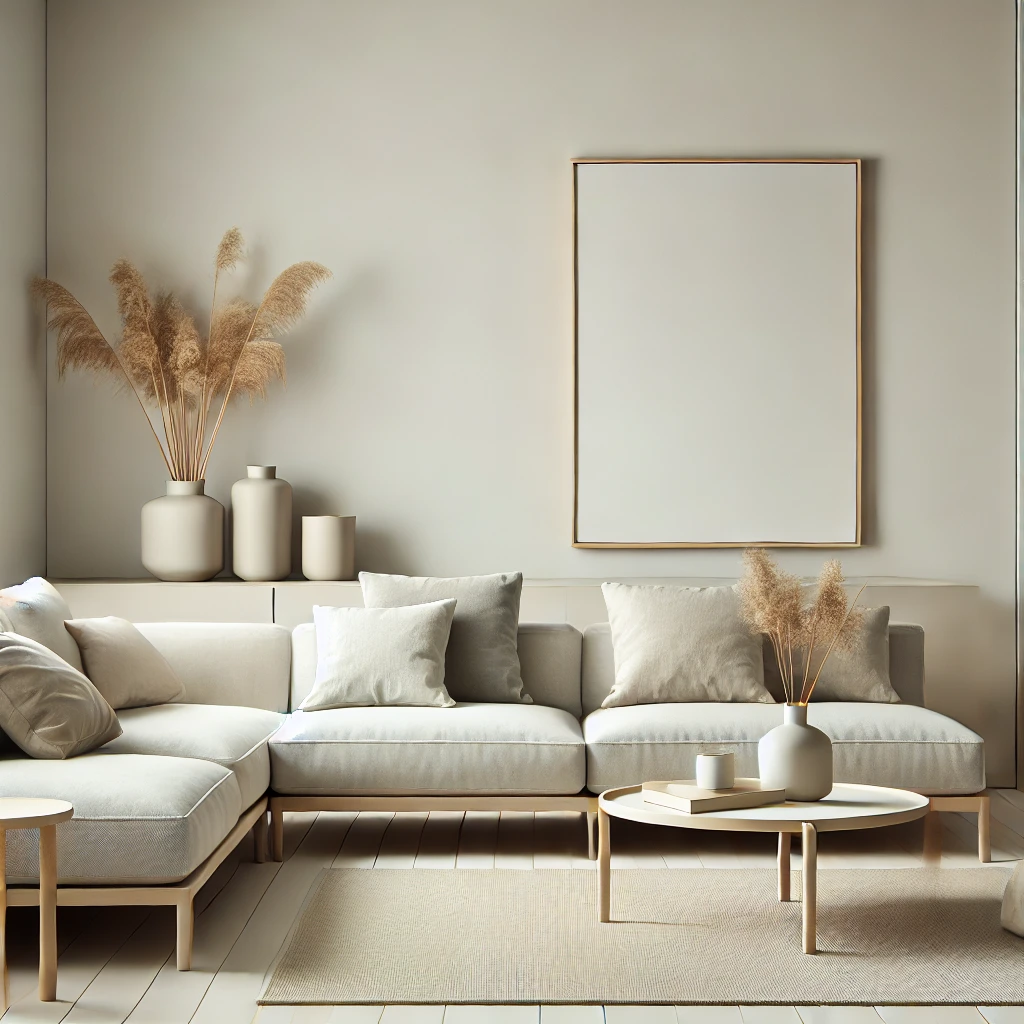
Elegance in Simplicity
Minimalism continues to be popular today, both as a lifestyle and a decoration philosophy.
Based on the principle of “less is more,” minimalist decor combines simplicity, functionality, and aesthetics.
In this article, we’ll explore steps and tips for creating a minimalist decor style in your home.
A minimalist decor not only creates a more organized living space but also provides a peaceful and serene atmosphere.
1. Declutter and Eliminate Unnecessary Items
The first step in minimalist decoration is to get rid of unnecessary items. The core principle of minimalism is to keep only the items you truly need and that bring you joy.
Eliminating clutter provides both physical and mental clarity. In this process, it’s a good start to dispose of, donate, or store items that are unused or rarely used.
2. Use a Neutral and Natural Color Palette
The color palette in minimalist decor is generally composed of neutral tones. Colors like white, beige, gray, and light brown create a sense of spaciousness and simplicity in a minimalist space. These colors provide tranquility to the space while also highlighting decorative elements. Additionally, tones inspired by natural materials are essential in minimalist decor.
3. Choose Quality and Multi-Functional Furniture
Every piece in a minimalist space should be carefully selected. Quality and multi-functional furniture are important both aesthetically and functionally. For example, a coffee table that provides storage or a sofa that doubles as a bed helps you maintain order and simplicity even in small spaces. Minimalist furniture typically features clean lines and neutral colors.
4. Don’t Be Afraid of Empty Spaces
In minimalist decor, empty spaces are an important part of the design. Instead of filling every corner of a room, allow the space to breathe by leaving some areas empty. These voids help make the room appear larger and more open. At the same time, they make the main elements in the room (furniture, artwork, plants, etc.) stand out more.
5. Use Decorative Elements that Emphasize Simplicity
In minimalist decor, accessories and decorative elements should be minimal and meaningful. Instead of numerous small objects, choose a few large and impactful pieces. For example, a large piece of artwork, a striking plant, or a sculpture can add character to the space while creating elegance without disrupting simplicity.
6. Prioritize Organization and Order
Order and organization are everything in a minimalist space. Keeping items organized prevents chaos in the space and provides a simple look. Storage solutions, cabinet organizers, and open shelving systems help keep your belongings tidy. Additionally, keeping surfaces clean and empty makes a minimalist space appear more spacious.
7. Make Good Use of Natural Light and Lighting
Natural light is an important part of minimalist decor. Light curtains or blinds that don’t block windows allow natural light to spread throughout the space, making it appear larger and more open. Lighting elements should be simple and functional. Simple designed lamps complement the room’s atmosphere and provide pleasant lighting in the space.
8. Add Richness with Quality Materials
Minimalism isn’t just about having fewer items but also about ensuring those items are high-quality and carefully selected. Natural wood, stone, cotton, and linen are quality materials that add warmth and character to minimalist decor. These materials create a sense of luxury while enhancing the overall aesthetics of the space.
